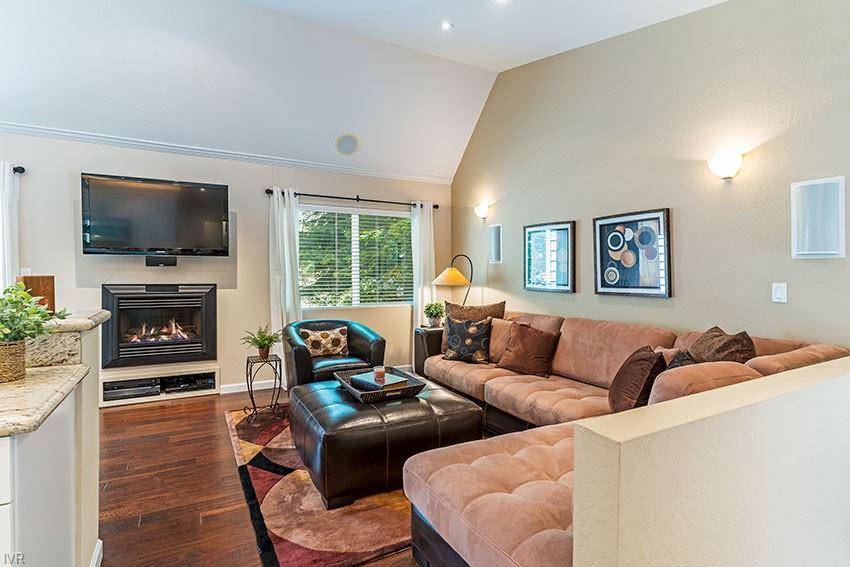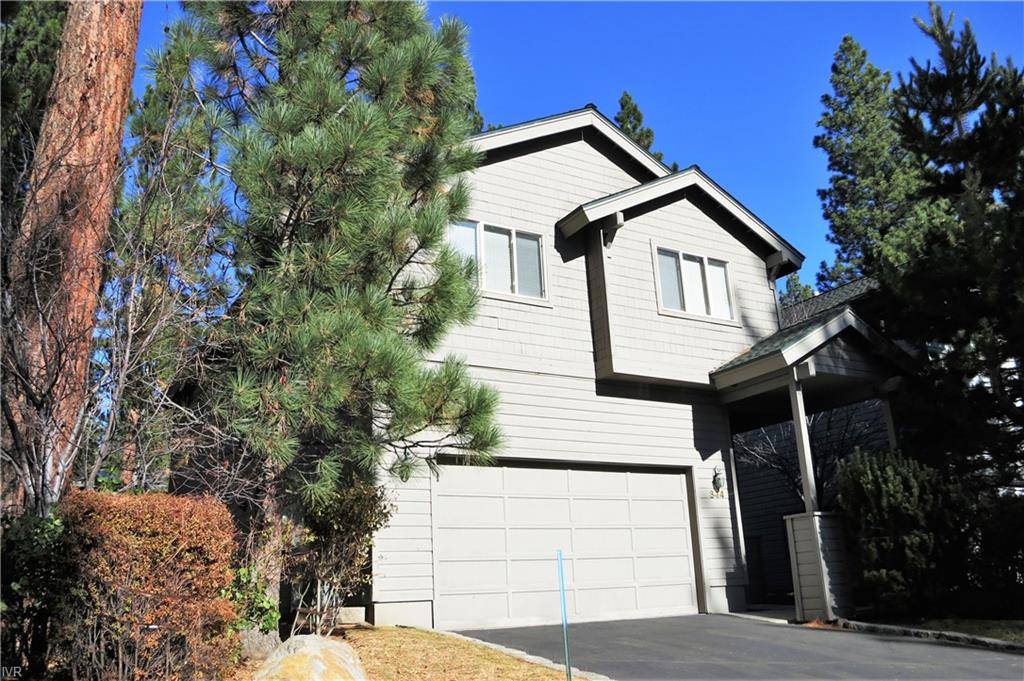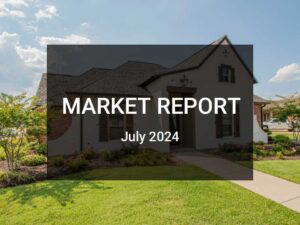With home values falling and job losses mounting, Americans are putting their spending habits under the microscope. For would-be homebuyers, that might mean purchasing a smaller house that fits more comfortably into your budget. For homeowners, it could mean putting off plans for that family-room addition. But even if your home has limited space, it doesn’t have to feel cramped. Instead of expanding the size of the property, homeowners should make better use of interior space.
1. See it, use it: Often, rooms in American homes are located behind staircases or are otherwise hidden from main thoroughfares. Leaving one or more rooms unused can make the house feel cramped, since activity is concentrated in a smaller area. If you can open up the view from the kitchen or the family area to that underutilized space, you will start to use it merely because you can see it. To open sightlines, build a “framed opening,” which is usually a foot or two wider than a doorway, into the wall that’s obstructing the view. If you can’t open the wall completely, you can make an interior window instead. That little strategy by itself will make your house both feel and live bigger.
2. Diagonal view: Another secret to making a house feel larger is opening up a “diagonal view,” or a line of vision that extends from one corner of the house to another. To do this, homeowners may need to remove some segments of the wall that’s blocking the line of vision. Once again, you might consider installing a framed opening or an interior window. It can be a fairly narrow split that allows you to see from one corner to the other. The house instantly feels larger because they are able to look along the longest vista that’s available.
3. Double duty: The floor plans of many of today’s homes have failed to keep pace with changes in lifestyle. For example, many homes still have formal dining and living rooms. While formal living areas sound appealing, in reality they don’t get much use. When remodeling or building a home, combine one living area and a dining area so that the new space can serve both formal and informal functions.
Consolidating will free up space that can be used for something else, such as a home office or a media room. If you are really attached to your formal dining room, consider lining it with bookshelves so it can also serve as a library. If you convert a rarely used room into one that’s more suited to everyday use, the entire house will feel more spacious.
4. Get comfortable: Many American homes are decorated with visually appealing but uncomfortable furniture, especially in formal dining or living rooms.
That’s one reason rooms with such furnishings often remain empty, which in turn drives a greater share of household activity into a smaller area of the house. Simply find furniture that’s both comfortable and functional.
5. Vary ceiling heights: Many houses built in the past few decades include a great room, an open space that contains an informal living room, an informal dining room and a kitchen. Although such spaces often are expansive, they don’t have anything that distinguishes one activity area from another, so the whole space ends up feeling awkward and ill-fitting. If there is no contrast between spaces, we end up seeing it all as one large, amorphous nothing.
In order to establish some contrast, adjust and vary the height of the ceilings. A lower ceiling over the kitchen, a medium-height ceiling over the dining area, and the tall ceiling over the living space will give the contrast you need to make the area really begin to work together. It often comes as a surprise that by lowering some ceilings to create a hierarchy of activity places, the whole space actually ends up living larger. Raising a ceiling can be an expensive proposition because it requires changes to the support structure of the house, but when you lower a ceiling, you are not affecting the structure, so it is usually quite easy to do.







